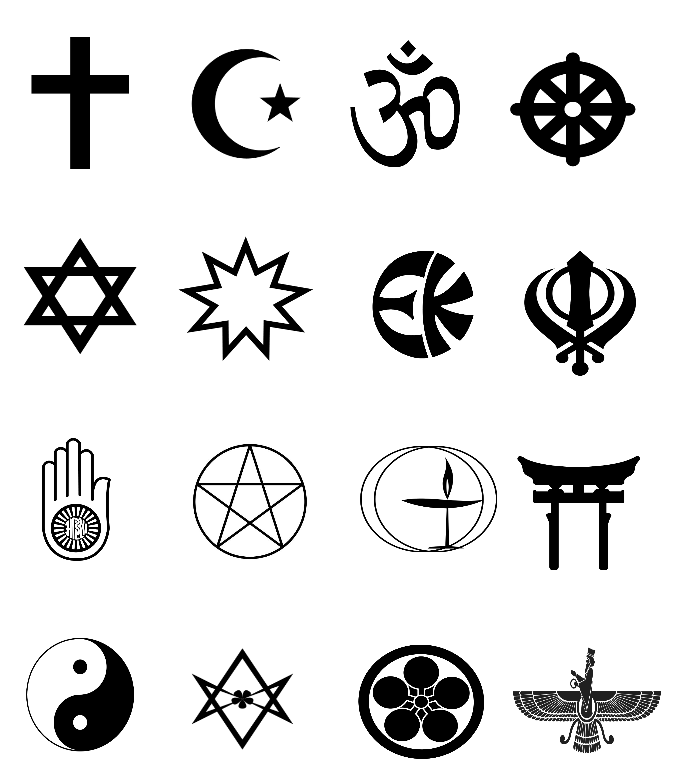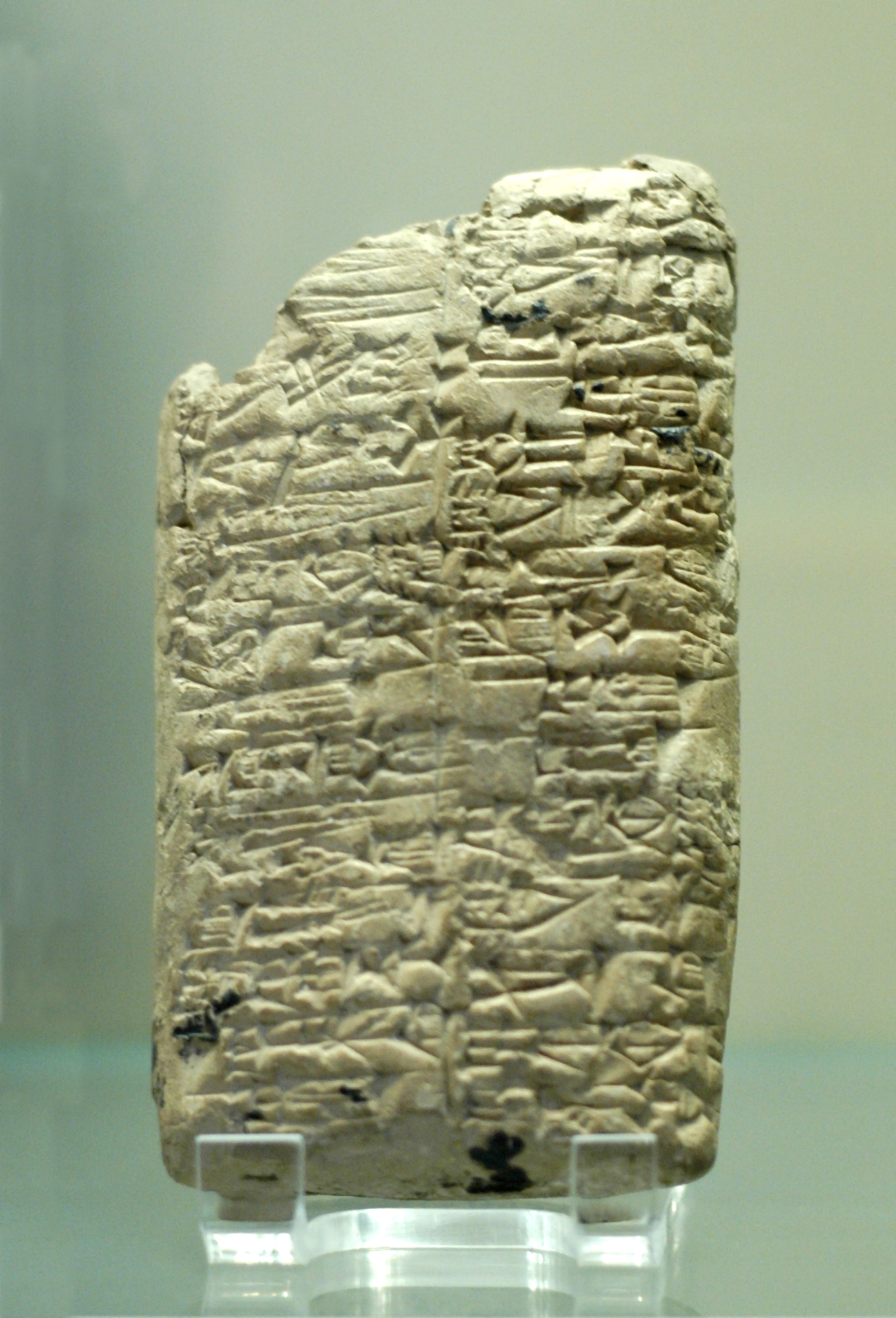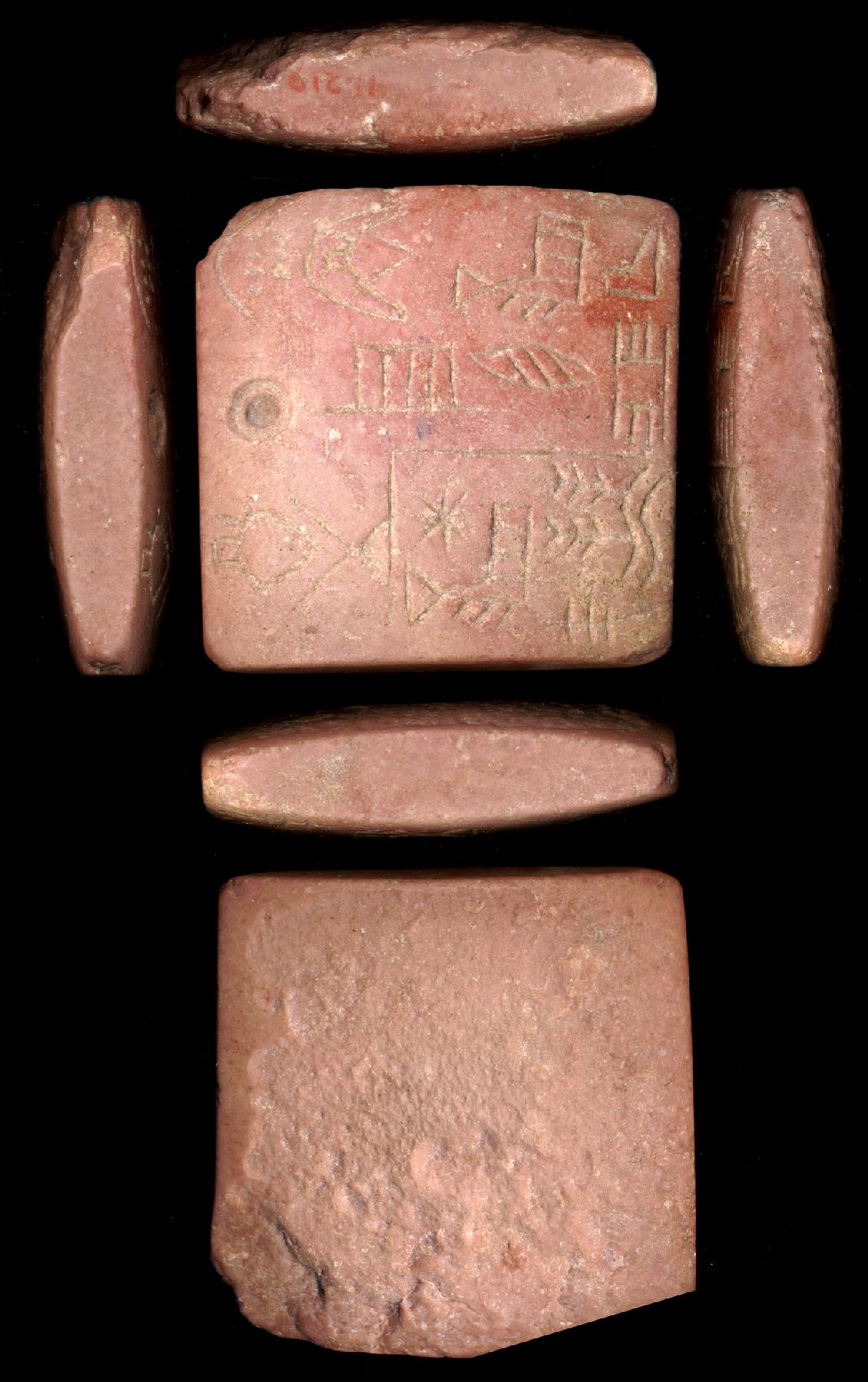|
Debate Between Silver And Copper
The Debate between silver and copper ( CSL 5.3.6) is a work of Sumerian literature and one of the six extant works belonging to this literature's genre of disputations poem. It was written on clay tablets and dates to the Third Dynasty of Ur (ca. mid-3rd millennium BC) and runs 196 lines in length. The text was reconstructed by M. Civil in the 1960s. Like other Sumerian disputation poems, it features two typically inarticulate things (in this case, two metals) debating over which one is superior. ''Silver and Copper'', so far as can be indicated from the manuscripts, was the least popular of the known disputation poems: only nine manuscripts are known, compared to 60–70 of '' Hoe and Plough'' and '' Sheep and Grain'' (the most popular) and 20–30 for the rest. In addition, manuscripts attest two recensions (versions) of the disputation. Recently, an important new manuscript of the text was published by Peterson in 2010. The prologue is largely lost, although it appears that ... [...More Info...] [...Related Items...] OR: [Wikipedia] [Google] [Baidu] |
Electronic Text Corpus Of Sumerian Literature
The Electronic Text Corpus of Sumerian Literature (ETCSL) is an online digital library of texts and translations of Sumerian language, Sumerian literature that was created by a now-completed project based at the Oriental Institute, Oxford, Oriental Institute of the University of Oxford. This project's website contains "Sumerian text, English prose translation and bibliographical information" for "over 400 literary works composed in the Sumerian language in ancient Mesopotamia (modern Iraq) during the late third and early second millennia BCE." It is both browsable and searchable and includes transliterations, composite texts, a bibliography of Sumerian literature and a guide to spelling conventions for proper nouns and literary forms. The purpose of the project was to make Sumerian literature accessible to those wishing to read or study it, and make it known to a wider public. The project was founded by Jeremy Black (assyriologist), Jeremy Black in 1997 and is based at the Orient ... [...More Info...] [...Related Items...] OR: [Wikipedia] [Google] [Baidu] |
Debate Between Tree And Reed
The Debate between tree and reed ( CSL 5.3.4) is a work of Sumerian literature belonging to the genre of disputations poem. It was written on clay tablets and dates to the Third Dynasty of Ur (ca. mid-3rd millennium BC). The text was reconstructed by M. Civil in the 1960s from 24 manuscripts but it is currently the least studied of the disputation poems and a full translation has not yet been published. Some other Sumerian disputations include the dispute between bird and fish, cattle and grain, and Summer and Winter. Synopsis The poem begins with a cosmogonic prologue describing the copulation between Heaven ( An) and Earth ( Ki). Earth gives birth to vegetation, and for the purpose of the poem, this prominently includes Tree and Reed. Though they are first in harmony, a disputation begins between the two as they enter into a shrine. Reed, who fails to respect the proper order of things, steps in front of Tree, causing the latter to be infuriated. The prologue covers the ... [...More Info...] [...Related Items...] OR: [Wikipedia] [Google] [Baidu] |
Silver
Silver is a chemical element; it has Symbol (chemistry), symbol Ag () and atomic number 47. A soft, whitish-gray, lustrous transition metal, it exhibits the highest electrical conductivity, thermal conductivity, and reflectivity of any metal. Silver is found in the Earth's crust in the pure, free elemental form ("native metal, native silver"), as an alloy with gold and other metals, and in minerals such as argentite and chlorargyrite. Most silver is produced as a byproduct of copper, gold, lead, and zinc Refining (metallurgy), refining. Silver has long been valued as a precious metal. Silver metal is used in many bullion coins, sometimes bimetallism, alongside gold: while it is more abundant than gold, it is much less abundant as a native metal. Its purity is typically measured on a per-mille basis; a 94%-pure alloy is described as "0.940 fine". As one of the seven metals of antiquity, silver has had an enduring role in most human cultures. Other than in currency and as an in ... [...More Info...] [...Related Items...] OR: [Wikipedia] [Google] [Baidu] |
Religious Cosmologies
Religion is a range of social- cultural systems, including designated behaviors and practices, morals, beliefs, worldviews, texts, sanctified places, prophecies, ethics, or organizations, that generally relate humanity to supernatural, transcendental, and spiritual elements—although there is no scholarly consensus over what precisely constitutes a religion. It is an essentially contested concept. Different religions may or may not contain various elements ranging from the divine, sacredness, faith,Tillich, P. (1957) ''Dynamics of faith''. Harper Perennial; (p. 1). and a supernatural being or beings. The origin of religious belief is an open question, with possible explanations including awareness of individual death, a sense of community, and dreams. Religions have sacred histories, narratives, and mythologies, preserved in oral traditions, sacred texts, symbols, and holy places, that may attempt to explain the origin of life, the universe, and other phen ... [...More Info...] [...Related Items...] OR: [Wikipedia] [Google] [Baidu] |
Mesopotamian Myths
Mesopotamian mythology refers to the myths, religious texts, and other literature that comes from the region of ancient Mesopotamia which is a historical region of Western Asia, situated within the Tigris–Euphrates river system that occupies the area of present-day Iraq. In particular the societies of Sumer, Akkadian Empire, Akkad, and Assyria, all of which existed shortly after 3000 BCE and were mostly gone by 400 CE. These works were primarily preserved on stone or clay tablets and were written in Cuneiform script, cuneiform by scribes. Several lengthy pieces have survived erosion and time, some of which are considered the oldest stories in the world, and have given historians insight into Ancient Mesopotamian religion, Mesopotamian ideology and cosmology. Creation myths There are many different accounts of the creation of the earth from the Mesopotamian region. This is because of the many different cultures in the area and the shifts in narratives that are common in an ... [...More Info...] [...Related Items...] OR: [Wikipedia] [Google] [Baidu] |
Creation Myths
A creation myth or cosmogonic myth is a type of cosmogony, a symbolic narrative of how the world began and how people first came to inhabit it., "Creation myths are symbolic stories describing how the universe and its inhabitants came to be. Creation myths develop through oral traditions and therefore typically have multiple versions." While in popular usage the term ''myth'' often refers to false or fanciful stories, members of cultures often ascribe varying degrees of truth to their creation myths. In the society in which it is told, a creation myth is usually regarded as conveying profound truthsmetaphorically, symbolically, historically, or literally. They are commonly, although not always, considered cosmogonical mythsthat is, they describe the ordering of the cosmos from a state of chaos or amorphousness. Creation myths often share several features. They often are considered sacred accounts and can be found in nearly all known religious traditions. They are all stories ... [...More Info...] [...Related Items...] OR: [Wikipedia] [Google] [Baidu] |
Comparative Mythology
Comparative mythology is the comparison of myths from different cultures in an attempt to identify shared themes and characteristics.Littleton, p. 32 Comparative mythology has served a variety of academic purposes. For example, scholars have used the relationships between different myths to trace the development of religions and cultures, to propose common origins for myths from different cultures, and to support various psychoanalytical theories. The comparative study of mythologies reveals the trans-national motifs that unify spiritual understanding globally. The significance of this study generates a "broad, sympathetic understanding of these 'stories' in human history". The similarities of myths remind humanity of the universality in the human experience. Background Anthropologist C. Scott Littleton defined comparative mythology as "the systematic comparison of myths and mythic themes drawn from a wide variety of cultures". By comparing different cultures' mythologies, scho ... [...More Info...] [...Related Items...] OR: [Wikipedia] [Google] [Baidu] |
Clay Tablets
In the Ancient Near East, clay tablets ( Akkadian ) were used as a writing medium, especially for writing in cuneiform, throughout the Bronze Age and well into the Iron Age. Cuneiform characters were imprinted on a wet clay tablet with a stylus often made of reed (reed pen). Once written upon, many tablets were dried in the sun or air, remaining fragile. Later, these unfired clay tablets could be soaked in water and recycled into new clean tablets. Other tablets, once written, were either deliberately fired in hot kilns, or inadvertently fired when buildings were burnt down by accident or during conflict, making them hard and durable. Collections of these clay documents made up the first archives. They were at the root of the first libraries. Tens of thousands of written tablets, including many fragments, have been found in the Middle East. Most of the documents on tablets that survive from the Minoan and Mycenaean civilizations were created for accounting purposes. Tablets ... [...More Info...] [...Related Items...] OR: [Wikipedia] [Google] [Baidu] |
Debate Between Bird And Fish
The "Debate between bird and fish" is an essay written in the Sumerian language on clay tablets, dating back to the mid to late 3rd millennium BC. It belongs to the genre of Sumerian disputations, Sumerian disputation. Genre Six Sumerian disputations are known from Sumerian literature, falling into the literary genre of disputations. Aside from ''Bird and Fish'', other examples include: * Debate between Winter and Summer * Debate between sheep and grain * Debate between tree and reed * Debate between silver and copper These appeared a few centuries after writing was established in Sumerian Mesopotamia. The debates are philosophy, philosophical and address humanity's place in the world. Description The bird and fish debate is a 190-line text of cuneiform script. It begins with a discussion of the gods having given Mesopotamia and dwelling places for humans; for water for the fields, the Tigris River, Tigris and Euphrates Rivers, and the marshes, marshland, grazing lands for h ... [...More Info...] [...Related Items...] OR: [Wikipedia] [Google] [Baidu] |
Sumerian Language
Sumerian ) was the language of ancient Sumer. It is one of the List of languages by first written account, oldest attested languages, dating back to at least 2900 BC. It is a local language isolate that was spoken in ancient Mesopotamia, in the area that is modern-day Iraq, Iraq. Akkadian language, Akkadian, a Semitic languages, Semitic language, gradually replaced Sumerian as the primary spoken language in the area (the exact date is debated), but Sumerian continued to be used as a sacred, ceremonial, literary, and scientific language in Akkadian-speaking Mesopotamian states, such as Assyria and Babylonia, until the 1st century AD. Thereafter, it seems to have fallen into obscurity until the 19th century, when Assyriologists began Decipherment, deciphering the cuneiform inscriptions and excavated tablets that had been left by its speakers. In spite of its extinction, Sumerian exerted a significant influence on the languages of the area. The Cuneiform, cuneiform script, original ... [...More Info...] [...Related Items...] OR: [Wikipedia] [Google] [Baidu] |
Ur-Nammu
Ur-Nammu (or Ur-Namma, Ur-Engur, Ur-Gur, Sumerian language, Sumerian: ; died 2094 BC) founded the Sumerian Third Dynasty of Ur, in southern Mesopotamia, following several centuries of Akkadian Empire, Akkadian and Gutian period, Gutian rule. Though he built many temples and canals his main achievement was building the core of the Ur III Empire via military conquest, and Ur-Nammu is chiefly remembered today for his legal code, the Code of Ur-Nammu, the oldest known surviving example in the world. He held the titles of "King of Ur, and King of Sumer and Akkad". His personal goddess was Ninsuna. Reign According to the ''Sumerian King List'', Ur-Nammu reigned for 18 years. Year-names are known for 17 of these years, but their order is uncertain. One year-name of his reign records the devastation of Gutium, while two years seem to commemorate his legal reforms ("Year in which Ur-Nammu the king put in order the ways [of the people in the country] from below to above", "Year Ur-Nammu ... [...More Info...] [...Related Items...] OR: [Wikipedia] [Google] [Baidu] |
Enlil
Enlil, later known as Elil and Ellil, is an List of Mesopotamian deities, ancient Mesopotamian god associated with wind, air, earth, and storms. He is first attested as the chief deity of the Sumerian pantheon, but he was later worshipped by the Akkadian Empire, Akkadians, Babylonian Empire, Babylonians, Assyrian Empire, Assyrians, and Hurrians. Enlil's primary center of worship was the Ekur temple in the city of Nippur, which was believed to have been built by Enlil himself and was regarded as the "mooring-rope" of heaven and earth. He is also sometimes referred to in Sumerian texts as Nunamnir. According to one Sumerian hymn, Enlil himself was so holy that not even the other gods could look upon him. Enlil rose to prominence during the twenty-fourth century BC with the rise of Nippur. His Cult (religious practice), cult fell into decline after Nippur was sacked by the Elamites in 1230 BC and he was eventually supplanted as the chief god of the Mesopotamian pantheon by the Baby ... [...More Info...] [...Related Items...] OR: [Wikipedia] [Google] [Baidu] |








